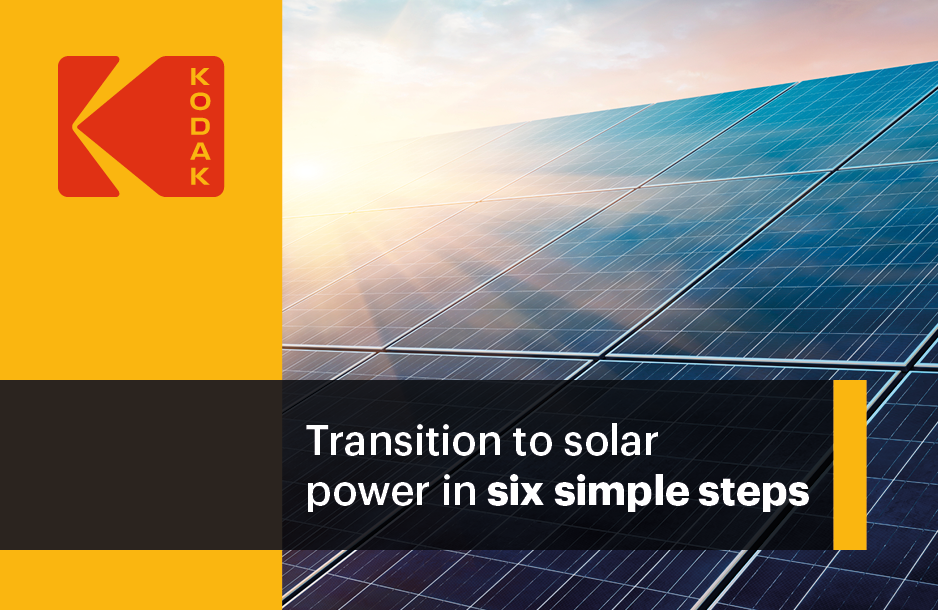There is no denying that swapping your traditional grid supply for a solar-powered one is a big task, and many South African home and business owners settle for an unreliable, costly and disruptive grid-connected power supply to avoid the hassle.
However, life is too short to put up with constant planned power outages that are not only inconvenient to live with but also damaging for both new and existing organisations trying to serve customers when electricity is unavailable.
And, fortunately, loosening your ties with Eskom and securing energy you can trust might be easier than you think. In fact, there are a few simple steps you can follow to begin your solar power journey and wave goodbye to the load-shedding crisis…
1. Inspect your property’s facilities
Before you can consider transitioning to solar power, you will need to work out what kinds of PV systems your home, office or factory can accommodate.
The good news is that all roofs (except thatched roofs) that receive a decent amount of sun exposure (everything but north-facing roofs) are suitable for all types of PV systems. The rooftop just needs to be big enough and undamaged. If not, there are always ground-mounted systems!
2. Assess your energy consumption
Once you know you are a viable candidate for a PV system, you must learn how much electricity you use on a regular basis (and, therefore, how much you will need to generate via solar power).
You can easily work out your typical energy consumption by calculating the average number of kilowatts of electricity you used from your last few energy statements. If your consumption is higher than you thought, now is the time to reduce it with energy-efficient appliances.
3. Consider your financing options
After you have an idea of how much energy you use, it is a good idea to think about the financial side of things, like your budget and how you will pay back the cost of your investment.
Whilst smaller PV systems come with a lower initial cost, bigger systems will save you more money in the long run. As for payment options, you could use your existing home loan or take out a power purchase agreement (PPA). You might also be able to sell the grid excess power, like in Cape Town.
4. Decide on your system
With your energy consumption and finances in mind, it is time to deliberate on the type of PV system that is best suited to all your requirements.
Backup systems, which comprise a battery and inverter charged from the grid, are a lower-cost option for those looking for relief from blackouts, whereas off-grid systems, which also include rooftop solar panels, allow those with higher budgets to run their entire electricity supply with PV.
5. Choose your components
Once you know which PV system type is right for you, you can start looking for the products you will choose to form it. And there are a lot out there!
To ensure a safe, secure solar power supply, stick with reputable brands like KODAK Solar Products. With 5kW to 7kW product packages that offer tried-and-true components at an affordable price, this trusted brand’s portfolio helps you get everything you need in one place without fuss.
6. Find an installer
Whilst all the above steps will help you prepare to get started with solar, you do not need to do it all alone! An installer will help guide you through the entire process and, of course, fit your PV system.
There are many installers to choose from, and not all are trustworthy, so be careful to find someone reliable and qualified. Even better, KODAK Solar Products can help you get in touch with a skilled local installer who is trained to offer the best possible service for maximum peace of mind.
And there you have it — a step-by-step guide to transitioning to solar power! If you would like to know more about how KODAK Solar Products can assist whilst you implement your own PV system, browse through the product brochure. This document contains more information on the KODAK Solar Products packages and individual components — ensuring you can switch with confidence.




